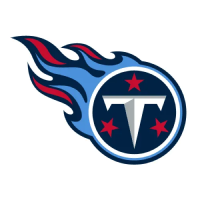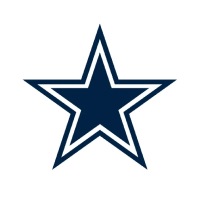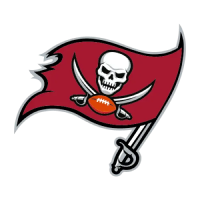For anyone new to the family here at The Draft Network, Contextualized Quarterbacking is an annual project I put together for TDN Premium subscribers. In Contextualized Quarterbacking, I chart the significant draft-eligible quarterbacks across their final seasons, tagging each dropback with a ton of situational features that allow us to understand their game at more specific and situational levels.
Each throw is graded both for Accuracy and for Ball Placement. Accuracy is a general metric for catchable passes—an accurate pass is a catchable pass—while Placement scores take more details into account: maximizing YAC opportunities, protecting the wide receiver from unnecessary hits, and protecting the ball from being played on by the defensive back. Throws are also charted relative to depth and passing direction, to understand how target distribution affects accuracy scores for each quarterback. It’s harder to throw deep!
Contextualized Quarterbacking helps us understand what each college offense asked of their quarterback, which gives us an additional tool for projecting these passers to the pros. When we understand their college offense, we can better identify those skills that will translate to the pro level, and accordingly, project the ideal scheme fits for each player.
Kyle Trask was an enjoyable college quarterback without much of a pro projection. It boils down to traits, which are not as easily captured in Contextualized Quarterbacking as they are with plain old scouting, but we can still talk about them here. The precipitous dropoff in Trask’s placement scores, relative to his accuracy scores, details just how much his poor arm strength forces adjustments when he attacks downfield. A touch thrower, Trask also feared tight windows and regularly left interceptable passes available when he attacked them. Like a lot of productive college quarterbacks entering the pros, he projects as a guy you could get by with for a few games and a clever coordinator—but not someone with an exciting developmental arc long-term.
TARGETS
| Left | Middle | Right | |
|---|---|---|---|
| 20+ | 4.0% | 6.9% | 4.7% |
| 10-19 | 7.4% | 13.0% | 7.1% |
| 0-9 | 7.4% | 28.1% | 6.6% |
| <0 | 2.8% | 8.7% | 3.3% |
YARDS
| Left | Middle | Right | |
|---|---|---|---|
| 20+ | 6.4% | 15.3% | 8.2% |
| 10-19 | 6.5% | 13.8% | 9.2% |
| 0-9 | 4.8% | 22.1% | 6.3% |
| <0 | 1.9% | 3.8% | 1.7% |
Trask and the Florida offense peppered the middle of the field fearlessly, which is impressive considering the concerns that exist in Trask’s game with his arm strength. Usually, the middle of the field has the tightest windows, but Florida ran a ton of guys in the concept, worked option routes out of the slot, and had a dude named Kyle Pitts to get the job done. This is a good example of where the CQ can fail us, as it may look like Trask is an adept middle-of-the-field passer ready for league play—but in reality, there are too many arm talent concerns to overlook. Plus, the placement scores really aren’t all that anyway.
ACCURACY
| Left | Middle | Right | |
|---|---|---|---|
| 20+ | .515 | .675 | .559 |
| 10-19 | .573 | .754 | .605 |
| 0-9 | .828 | .894 | .879 |
| <0 | 1.000 | 1.000 | .991 |
PLACEMENT
| Left | Middle | Right | |
|---|---|---|---|
| 20+ | .349 | .479 | .388 |
| 10-19 | .588 | .404 | .525 |
| 0-9 | .669 | .745 | .626 |
| <0 | .755 | .803 | .750 |
The hard line between Trask’s short accuracy (0-9 yards) and intermediate accuracy (10-19 yards) is telling. Reminiscent of the charting data of one of his most common comps, Mason Rudolph, Trask can work the quick game with good mechanics, pre-snap vision, and trust in a talented wide receiver group—but once we start pushing the issue, his small margin of error begins to glare. Trask, like Mac Jones, is an accurate but imprecise quarterback who may have been buttressed by a talented supporting cast, and we should temper our pro expectations accordingly.
Filed In
Related Articles
NFL Draft
Arik Gilbert Doesn’t Need Big Workload To Be A Top NFL Draft Pick
- Aug 22, 2022
NFL Draft
2023 NFL Mock Draft: Marino 1.0
- Aug 22, 2022
Written By


































